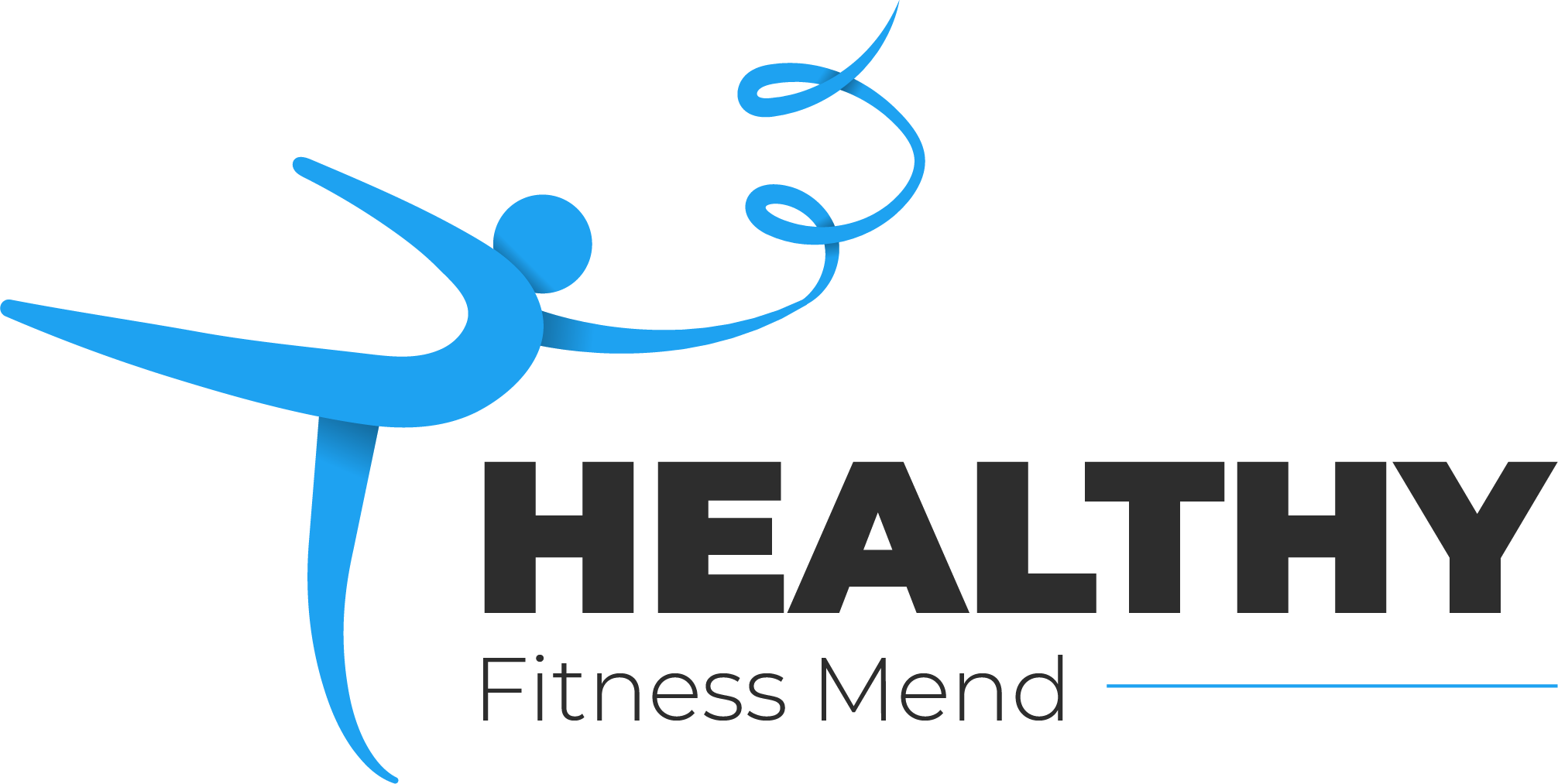The Benefits of Sports Massage
In ancient Greece, physicians used the art of rubbing and kneading to help prepare athletes for Olympic events. When modern Swedish Massage was invented in the early 1880s, it was frequently used to help fencers deal with the aches and pains common to professional athletics. Two hundred years later, sports massage is still an excellent way for people to prepare their muscles for strenuous workouts or as therapy to speed recovery from pulls, strains or other sports-related injuries.
What is Sports Massage?
Sports Massage is a specialized form of traditional Swedish Massage using pressure along with long, rhythmic strokes to relax muscles. Oils and/or lotions are usually used to reduce friction. With this massage, the therapist will usually concentrate on a specific area, specific to your activity, and may employ massage therapy trigger point techniques to help break up adhesions (knots) in muscles, thus improving range and flexibility.
Four Types of Sports Massage
There are four basic types Sports Massage:
- Pre-Event – This type of massage is done to stretch and stimulate muscles prior to a competition. Sessions usually last 30 to 45 minutes.
- Post-Event – Usually performed shortly after a competition, this type of massage is used to relax stressed muscles and restore tissue balance.
- Restorative – Done during training, this is used to allow athletes to train harder while avoiding injury.
- Rehabilitative – Used to accelerate healing and reduce pain from strains, pulls and other muscular injuries.
Not Just for Athletes
Whether you are a weekend warrior, a professional athlete or live an active lifestyle, Sports Massage may be right for you. Anyone whose muscles are under regular stress or who is suffering from muscular stiffness, soreness or limited range-of-motion can benefit from this proven type of therapy. Check with your local day spa or health club to ask if this massage is available in your area.
